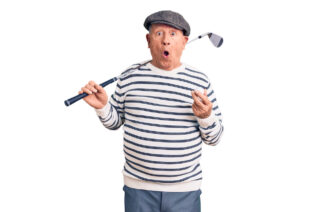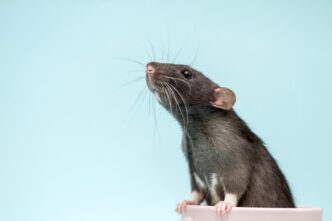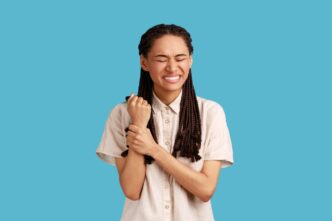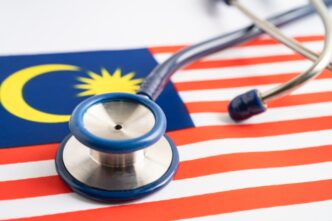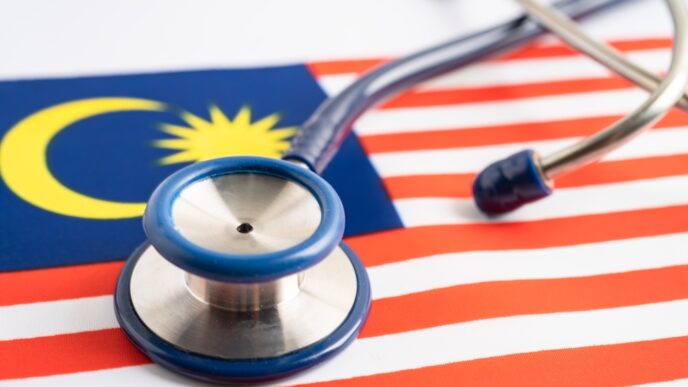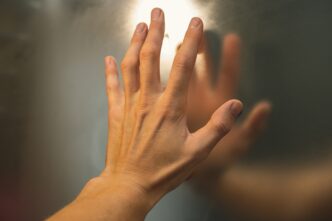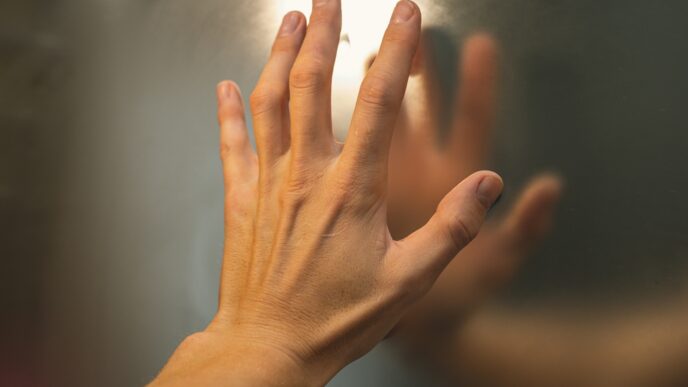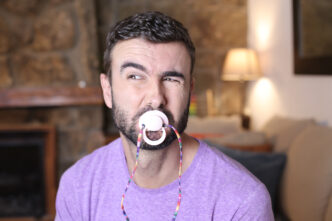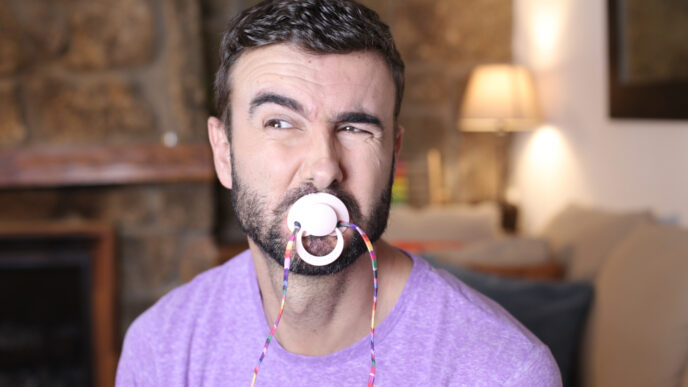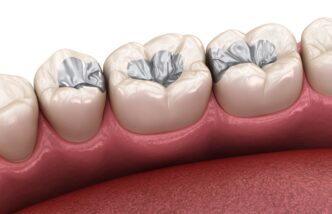Medial epicondylitis, commonly known as golfer’s elbow, results from damage to the muscles and tendons that control the wrists and fingers. Such damage is often caused by repeated stress through activities that require forceful swing motions that utilize the wrist and fingers. These activities include golf as well as sports that utilize racquets, repeating throwing, and even weight training.
WORDS DR SURESHAN SIVANANTHAN
 FEATURED EXPERT FEATURED EXPERTDR SURESHAN SIVANANTHAN Consultant Orthopaedic, Arthritis and Sports Surgeon ALTY Orthopaedic Hospital |
POSSIBLE SIGNS OF GOLFER’S ELBOW
The following symptoms may appear suddenly or at times gradually.
- Pain is felt in the inner side of the elbow when certain movements are carried out. For golfers and racquet game practitioners, more frequent swings may cause more pain and discomfort.
- Stiffness around the elbow; making a fist might hurt.
- Numbness or tingling from the elbow to the fingers while making movements with the arm.
- A sense of weakness around the arm and wrists from time to time.
WHO IS MOST LIKELY TO DEVELOP GOLFER’S ELBOW?
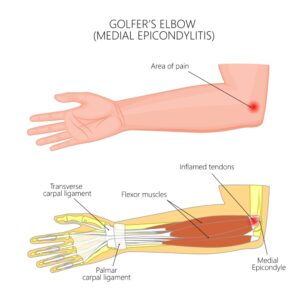
People that carry out repetitive movements for a couple of hours every day have a higher risk of developing this condition.
Moreover, other factors such as old age, obesity, and smoking can further make one prone to developing this condition.
HOW TO PREVENT GOLFER’S ELBOW
- Warm up first before performing any activity, especially before a major game.
- Perform exercises to strengthen forearm muscles. This will aid in absorbing shock or impact from sudden stresses that can occur place during a game.
- Lift and swing correctly. Consult with experts on practicing the right lifts and swings.
- Invest in the right sports equipment. Those made of lighter materials may help to reduce impact on the wrist and elbow.
- Have sufficient rest and take breaks.
HOW TO MANAGE PERSISTENT PAIN
- Have sufficient rest.
- Use ice packs and pain relievers.
If these do not help, consult an orthopaedic consultant for further check-up and treatment.
See a Doctor if You Have:
|
| This article is part of our series on conditions that affect the joints and spine. |

